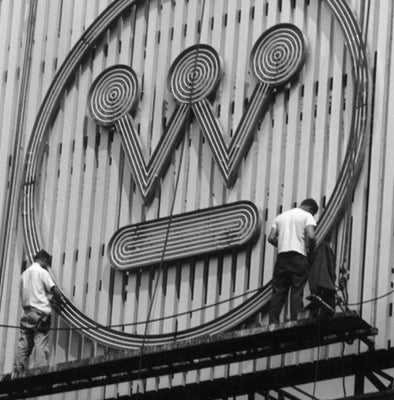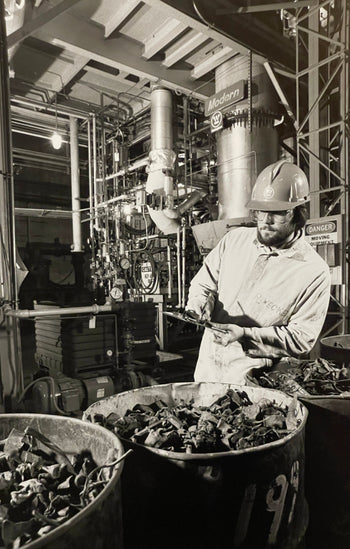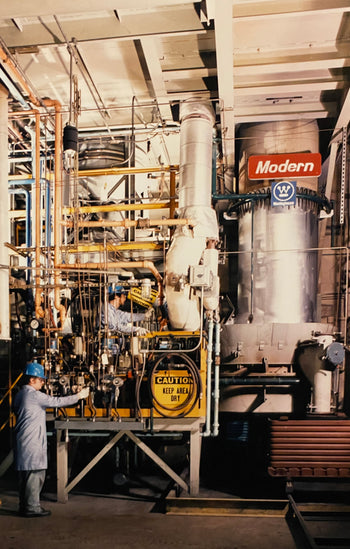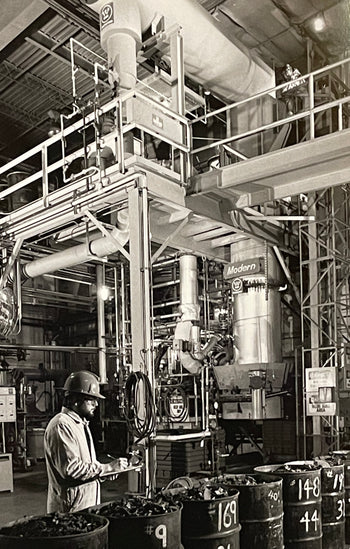
History of Westinghouse Plasma
Westinghouse Plasma Company’s is the successor company in licensing the Westinghouse brand. The original Westinghouse Company initially developed its torch technology in collaboration with NASA to simulate space re-entry conditions as the torch systems could produce temperatures over 5,500°C (10,000°F). The torch systems were combined with gasification technology in the late 1980’s. Initially, the systems were developed for the treatment of hazardous wastes such as contaminated landfill material, PCB contaminated electrical hardware, transformers and capacitors, and steel industry wastes.
In the mid-1990s, in cooperation with Hitachi Metals, Westinghouse completed an R&D program and pilot testing program to confirm the capability of the plasma gasifier to treat municipal solid waste (MSW). This processing of MSW and other waste materials was used to produce syngas that could be used in a power plant for the production of steam and electricity. The success of this R&D program provided the technical basis for the design and installation of a pilot scale 24-ton/day MSW gasification plant in Yoshii, Japan.
These efforts culminated in a demonstration to the Japanese government that the Yoshii Waste-to-Energy facility was capable of using plasma energy to reliably and economically gasify waste materials for energy production. In September 2000, The Japanese Waste Research Foundation awarded a process certification of the technology, and the Westinghouse plasma gasifier was born.
Lessons learned at Yoshii were applied to full-scale facilities in Mihama-Mikata and Utashinai, Japan, which both began commercial operation in 2002 and 2003. The experience gained at the two Japanese facilities was used to create the next-generation gasifier, which was commissioned in 2009 by SMSIL in Pune, India. This facility treats hazardous waste from over 40 different industries. As the successor company, Westinghouse Plasma Company will continue to build on this foundation.


